A fierce battle seems to prevail in the Indian food delivery market: two forces, Swiggy vs Zomato. In contrast, while Zomato has been a public firm since 2021-through its shares have more than doubled since listing-Swiggy is a newcomer to the stock market. The latest player to find their way to the local bourses in India, Swiggy’s entry adds fresh elements to the competition as interest emerges in how these two giants rank in terms of food delivery and quick commerce sectors.
Despite the fact that key metrics and segments are a lot ahead of the pack for Zomato, a lower valuation for Swiggy can open up huge opportunities for considerable outperformance on the stock markets. Here’s a comprehensive comparison of how these two companies stand out against each other in different parameters.
Swiggy vs. Zomato: The Business Landscape
Market Leadership and Valuation
It remains a market leader, however, in the businesses of food delivery and quick commerce with deeper penetration and a greater user base. The higher valuation, in this case, may play to Swiggy’s strengths if it lists at a valuation where its pathway to scale is significantly better on the stock markets. According to analysts at Macquarie Capital, Swiggy trails Zomato in food delivery as well as quick commerce operations by 4–6 quarters. That, though, is not impossible to overcome.
Food Delivery Momentum: With a focus on growing MTUs and upgrading the customer experience, Swiggy can get a better sense of how to catch up in food delivery. Quick commerce is going to stay a thorny frontier for Swiggy as Instamart does not have the pace or profitability at which Zomato runs Blinkit.
Valuation Multiples
The level of Swiggy’s current valuation multiples still sits at a considerable discount to that of Zomato. Analysts feel a more clinical demonstration of growth in GOV or revenue coupled with improving profitability in the core businesses will be enough to catapult its huge rerating. This notwithstanding, a majority of the brokerages including JM Financial are still backing Zomato for its apparent execution competency and well-set leadership.
Food Delivery Battle: Zomato vs. Swiggy
MTUs per Month
In MTUs, Zomato leads the way, with a base of 18.4 million as of FY24, while that of Swiggy was at 12.7 million. That’s a difference that reflects a stronger footprint of Zomato in smaller and tier-3 cities as well as higher numbers of subscription-based memberships like Zomato Gold.
What makes tomatoes MTUs higher
- Larger Geographical Presence:
This is where Zomato has a very different advantage.
- Subscription Models:
The subscription-based plans of Zomato Gold make customers come back for more.
- Brand Identification:
Aggressive marketing and partnerships for a long time have embedded the brand identity of Zomato in the minds of people living in urban and semi-urban areas.
Swiggy, although lagging, has a good plan in place in the domain of user acquisition as it expands based on the experience that it can provide to customers and innovative features that would retain the current customer base.
Quick Commerce: Blinkit vs Instamart
Quick commerce is one of the fast-growing segments wherein companies are investing considerably. Still, when it comes to performance metrics and profitability, Zomato’s Blinkit outperforms Swiggy’s Instamart.
Why Blinkit Leads
A Higher Dark Store Throughput: Blinkit enjoys better gross order value (GOV) per dark store reduces the costs of operation and enhances efficiency. Better SKU mix: The diversification of products keeps Blinkit’s profile from catering to more customer needs.
- Advertising and Branding:
Blinkit has a strong marketing strategy and direct partnerships with brands.
- Operational Scale:
In the last five quarters, Blinkit has propelled its growth more aggressively than the users Instamart had and its profitability.
Instamart has potential, but its contribution margins are still negative, indicating the enormous challenge Swiggy has to bridge that gap.
Zomato’s competitive edge over Swiggy
Zomato is blessed with many strategic advantages over Swiggy.
- Market Penetration:
The penetration in small towns is higher for Zomato, thus enabling it to tap many untapped markets.
- Ecosystem Strength:
Zomato offers much more than just a food delivery service; hence, the ecosystem strength for customers as well as for partners increases in strength.
- Profitability Milestones:
Blinkit is already at adjusted EBITDA breakeven, thus indicating efficiency and scalability.
- Brand Equity:
Zomato is a household name, hence its brand equity is much higher the trust level with the customers has gone higher and retention levels are higher.
Swiggy’s Route to Growth
Despite the challenges, Swiggy does have scope in closing the gap with Zomato:
- MTU Growth:
Targeting urban millennials and loyalty programs lately can elevate the active user bases of Swiggy.
- Instamart Investment Appetite:
Strategic investments in the supply chain and logistics of Instamart can grow its operational metrics.
- Trade at a Valuation Discount:
Swiggy has comparatively lesser valuations, providing tremendous upside potential on stock prices if it delivers good financials.
- Diversified Revenue Streams:
Diversification into segments like subscription models and cloud kitchens can add more revenue streams for Swiggy.
Investment Opinion: Zomato or Swiggy?
1. Bull case:
Zomato Brokers like JM Financial and Macquarie favour Zomato because of the following:
2. Proven Track Record:
Consistent execution and market leadership
Sustainable profitability in Quick Commerce Blinkit’s breakeven point increases the financial stability of the company.
Deeper Penetration with the Customer:
Higher MTUs and geographical coverage give Zomato an edge over others. Bull case: Swiggy
On the other hand, the compelling story for growth-seeking investors is Swiggy.
1. Opportunity to Value:
Swiggy offers better value than Zomato and is suitable for long-term investors.
2. Upside Room:
Focused execution will help Swiggy capture market shares which, in turn, would boost profitability.
Key Risks and Challenges
Apart from these two companies, the threats that loom over their trajectories are not small in numbers.
1. Rising Competition:
The entry of new players along with the elements of smaller players might alter the market ecosystem.
2. Pressure due to Profitability:
They are in an extremely competitive business with very thin margins.
3. Customer Preferences:
Changes in customer preferences may affect volume as well as average order value.
4. Regulatory Environment:
Tough regulations regarding the delivery service or any other data-privacy issue affect operations.
Conclusion: The Way Ahead
Of course, it is a long battle that goes ahead for both Swiggy and Zomato. While Zomato dominates market share as well as profitability currently, Swiggy, due to strategic focus and in terms of valuation discount, will give it a tough time. Both are ready for a battle that is set to come because of the growing demand for food delivery and quick commerce across India.
To an investor, the call is to look at either Swiggy or Zomato. Whether it’s an investor who is willing to take risks or if they have a long investment horizon, one has either stability and proven performance with Zomato or growth and potential outperformance in Swiggy.
The winner in the long term would be the customer who gets the benefit of better services, innovative offerings, and competitive pricing in these food delivery giants.
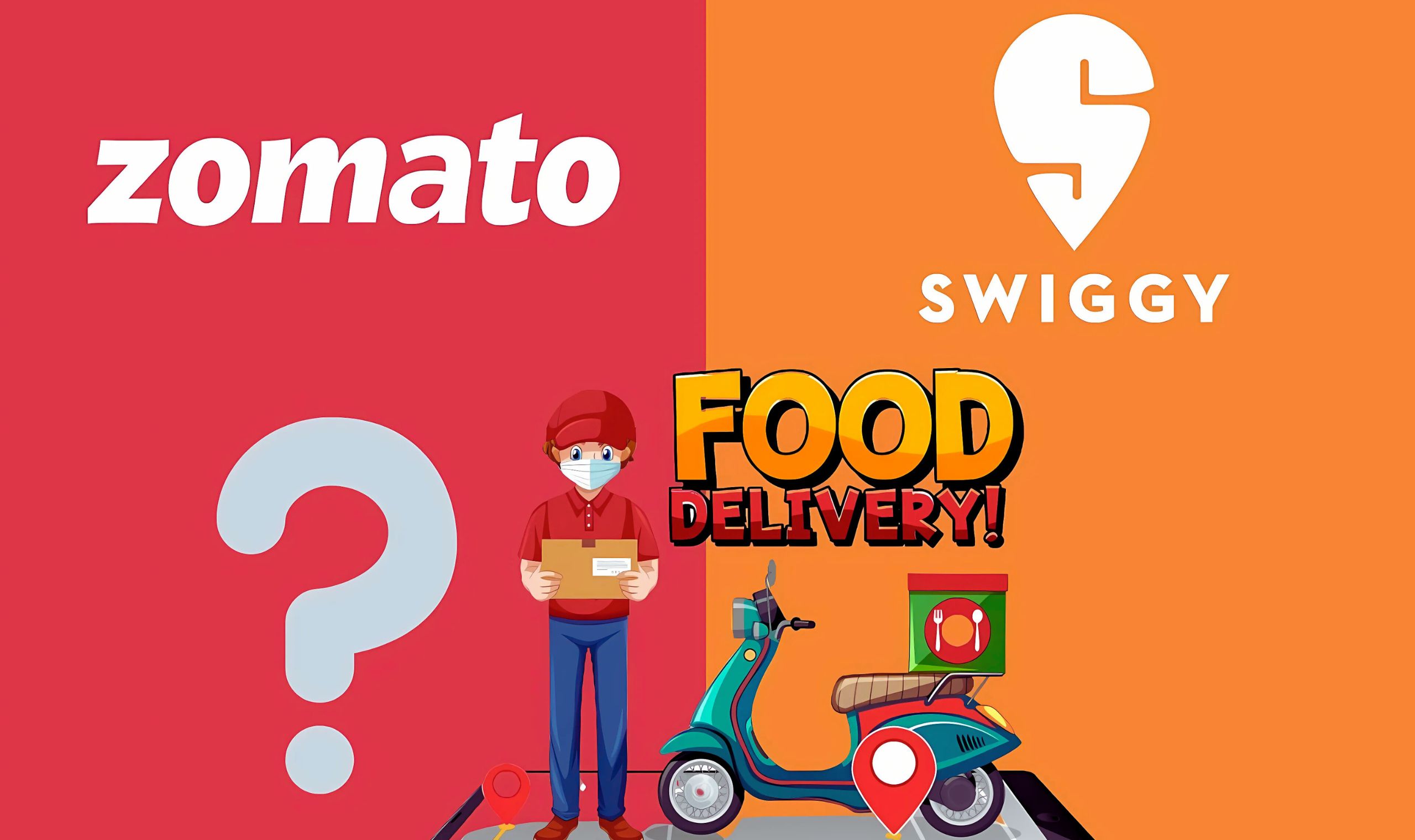



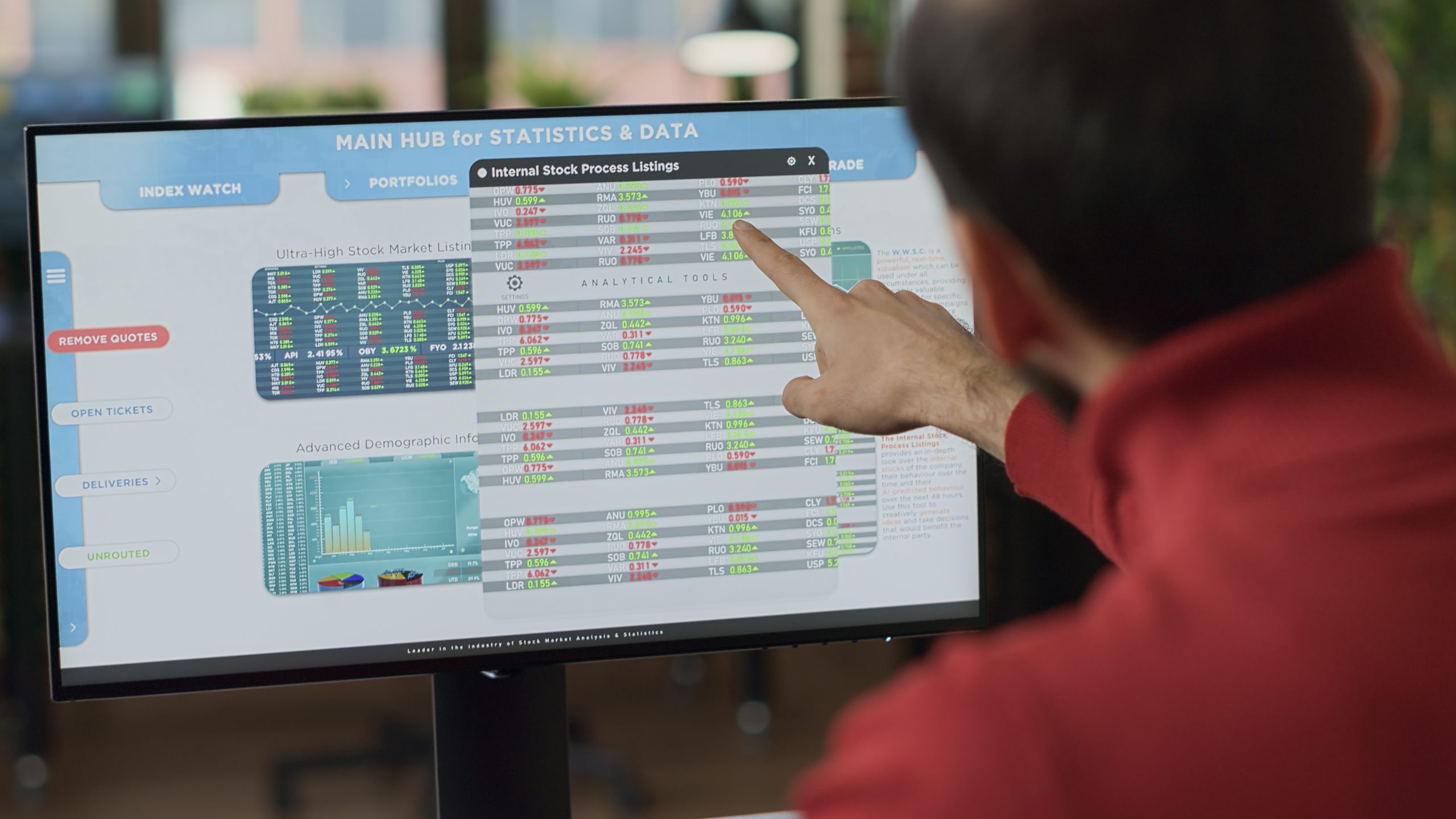


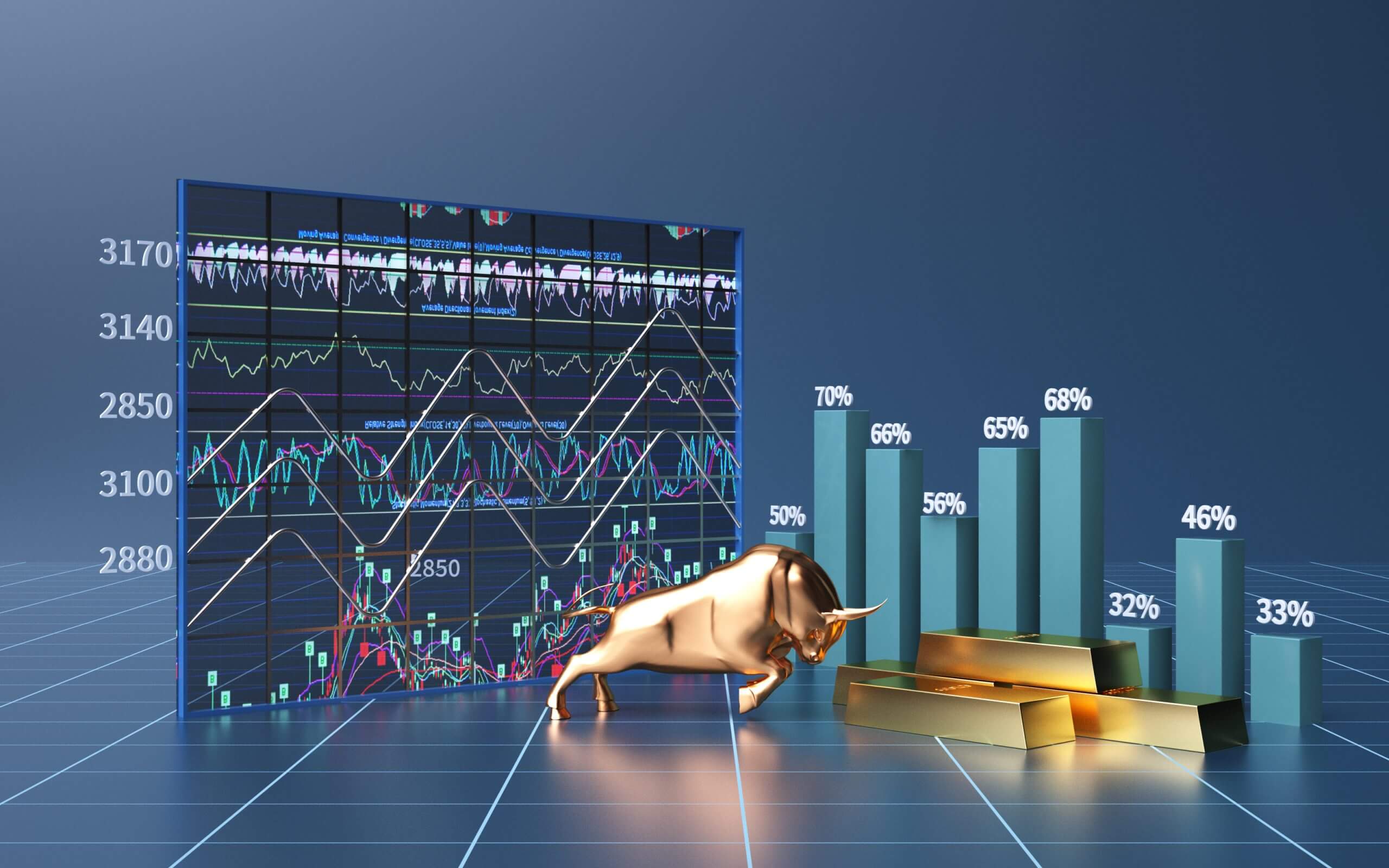


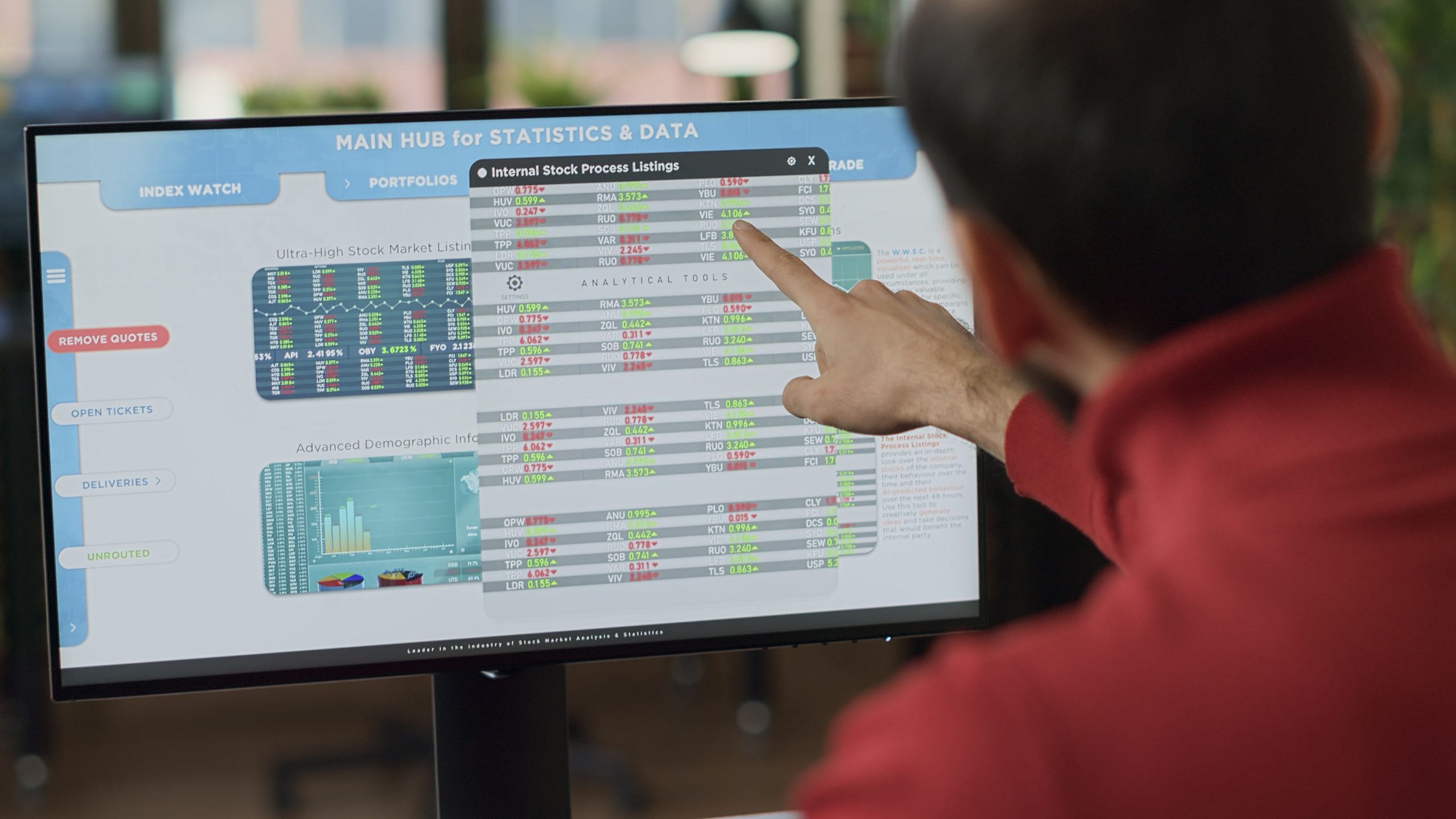


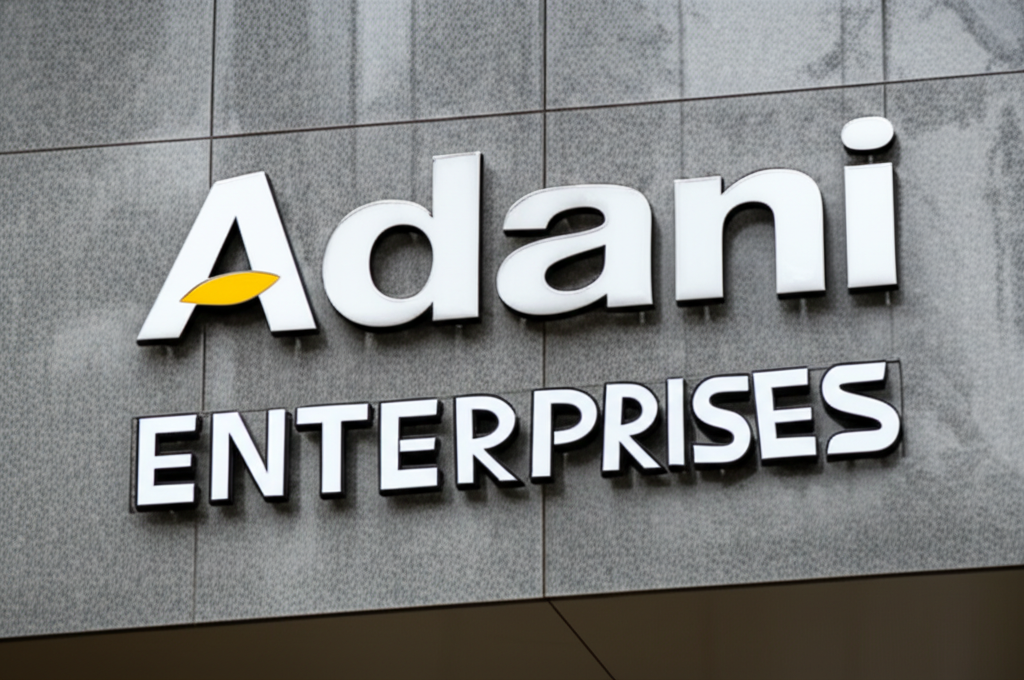
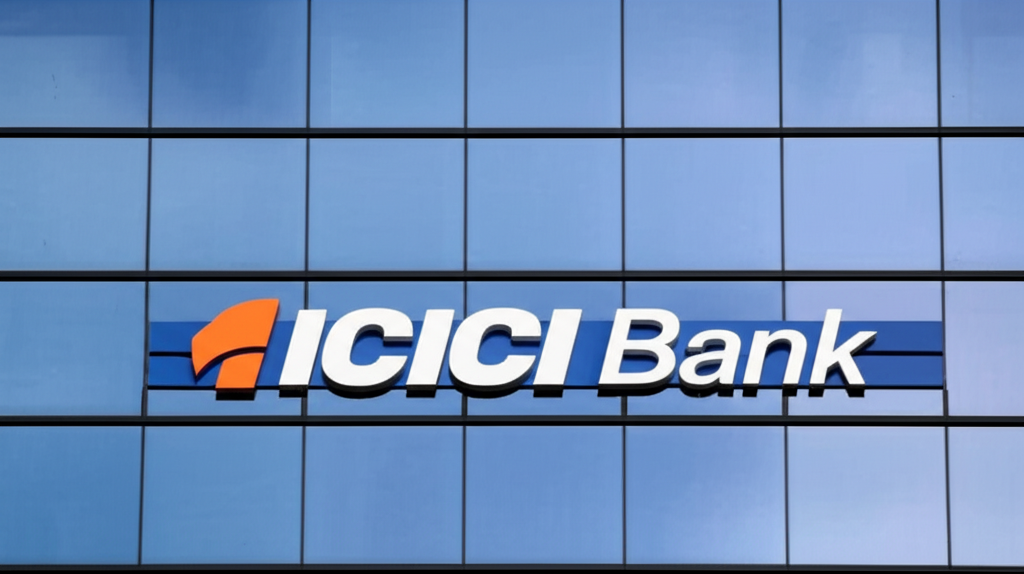
0 Comments